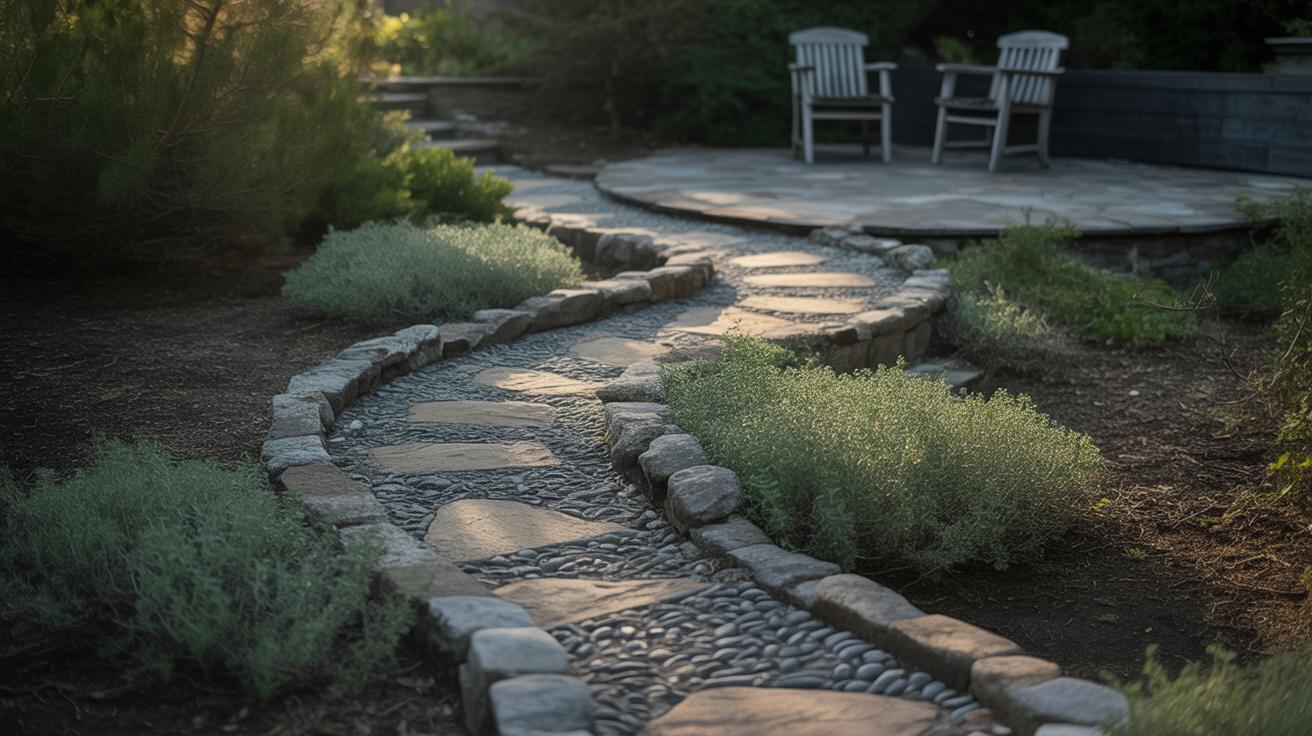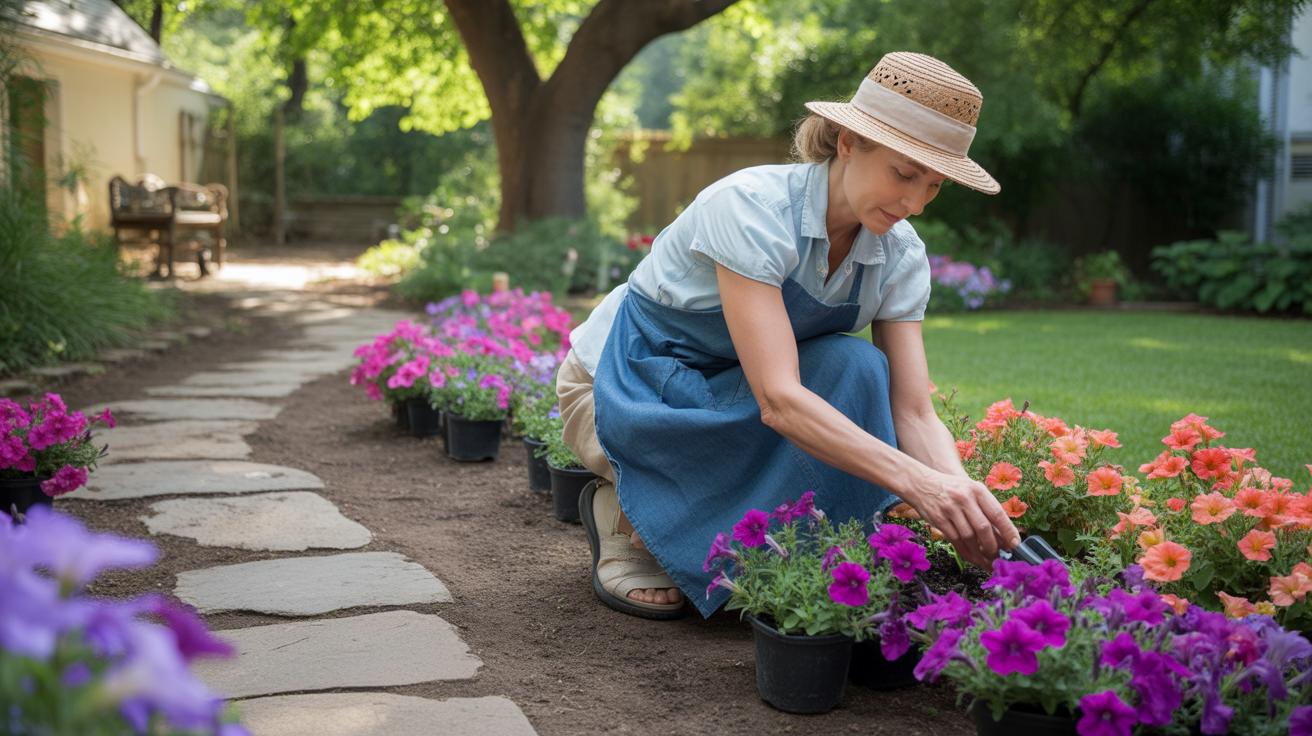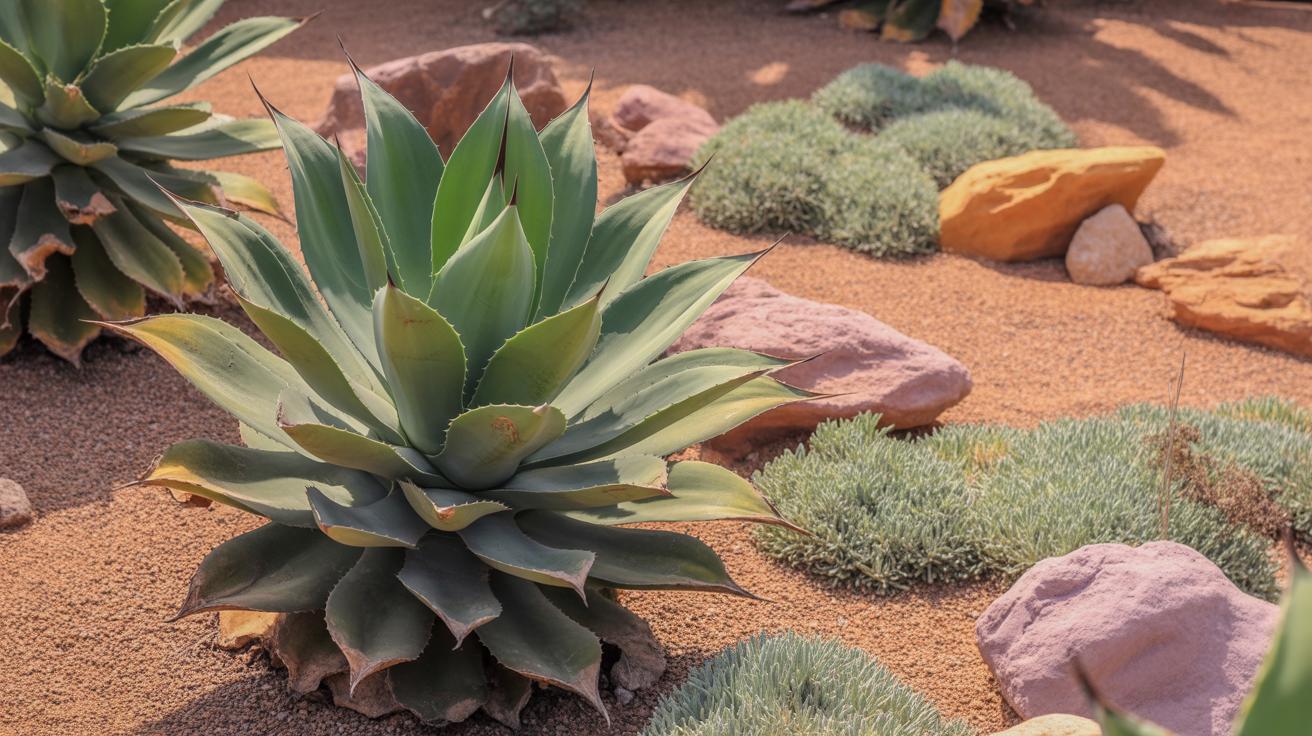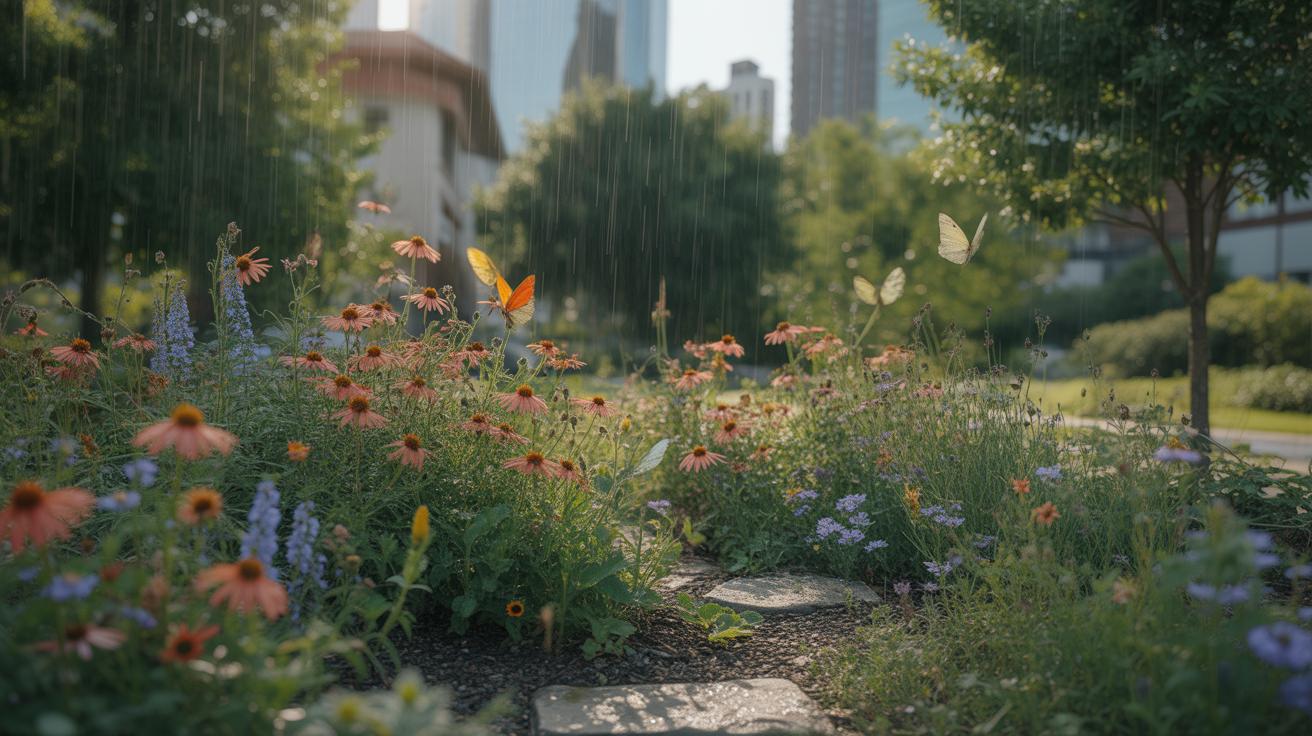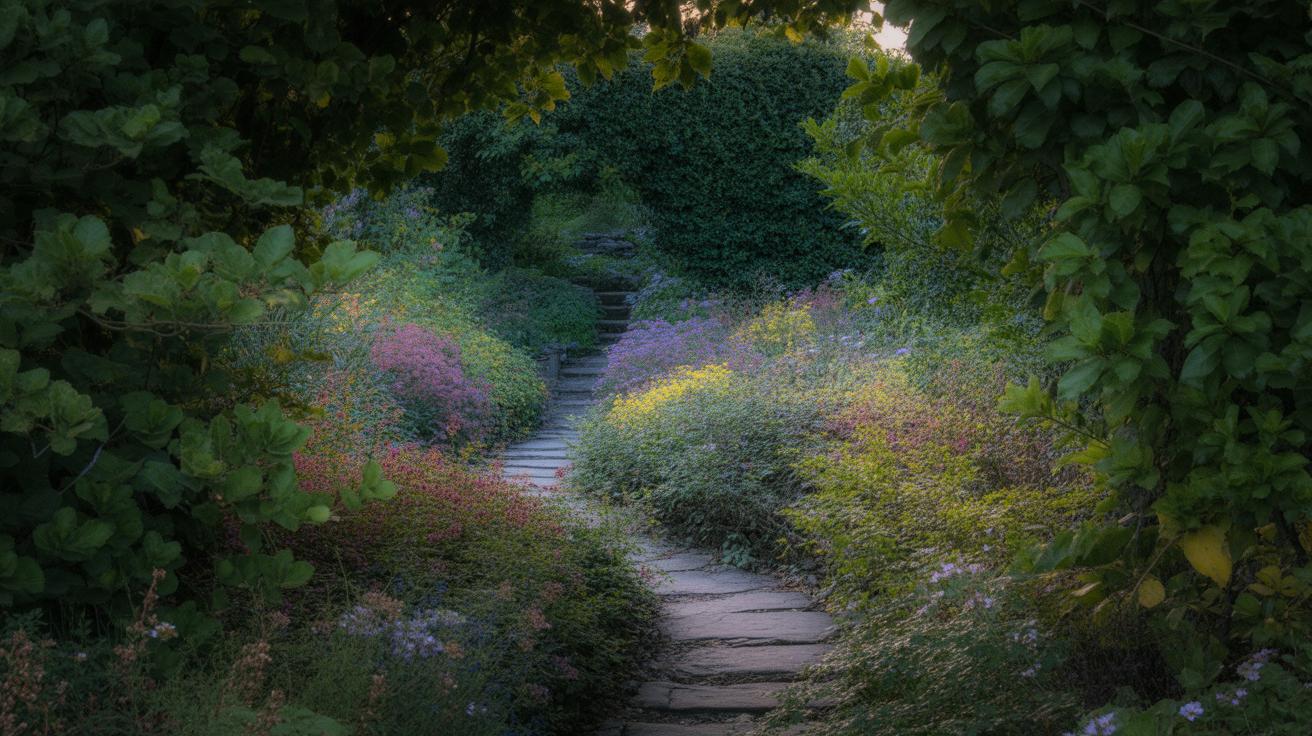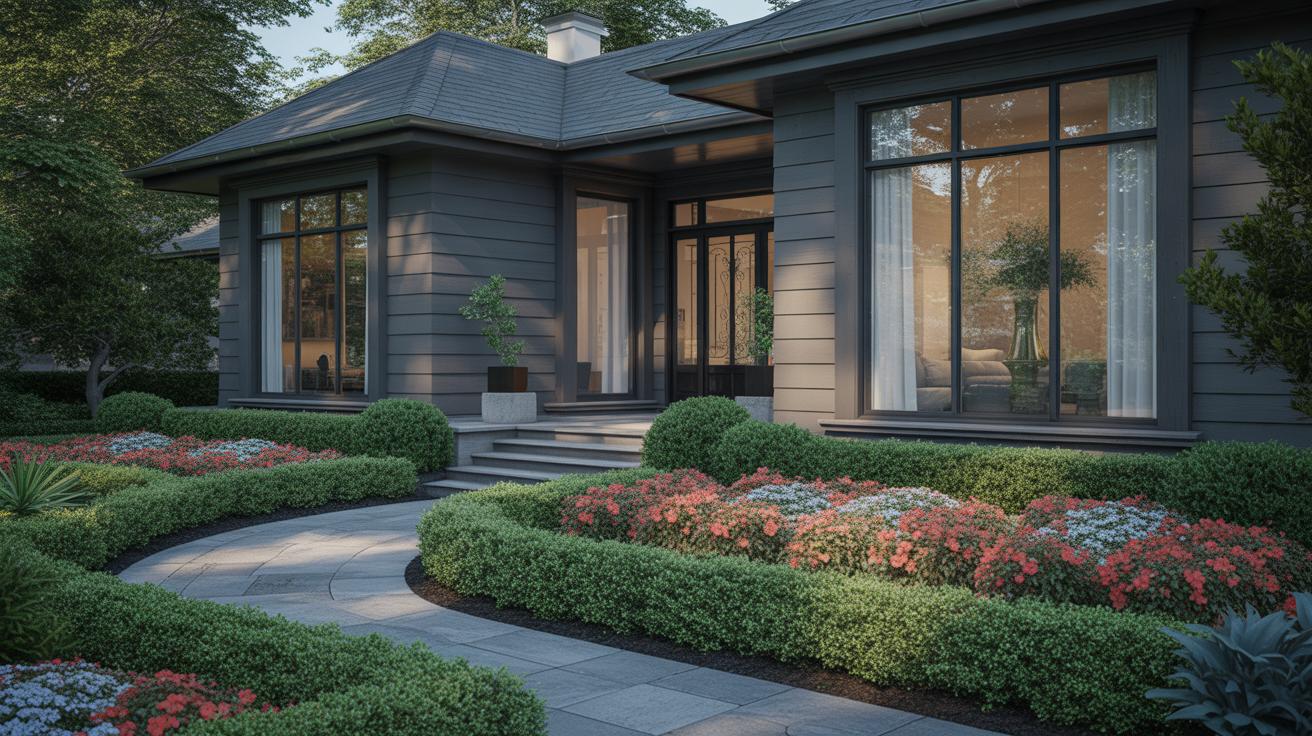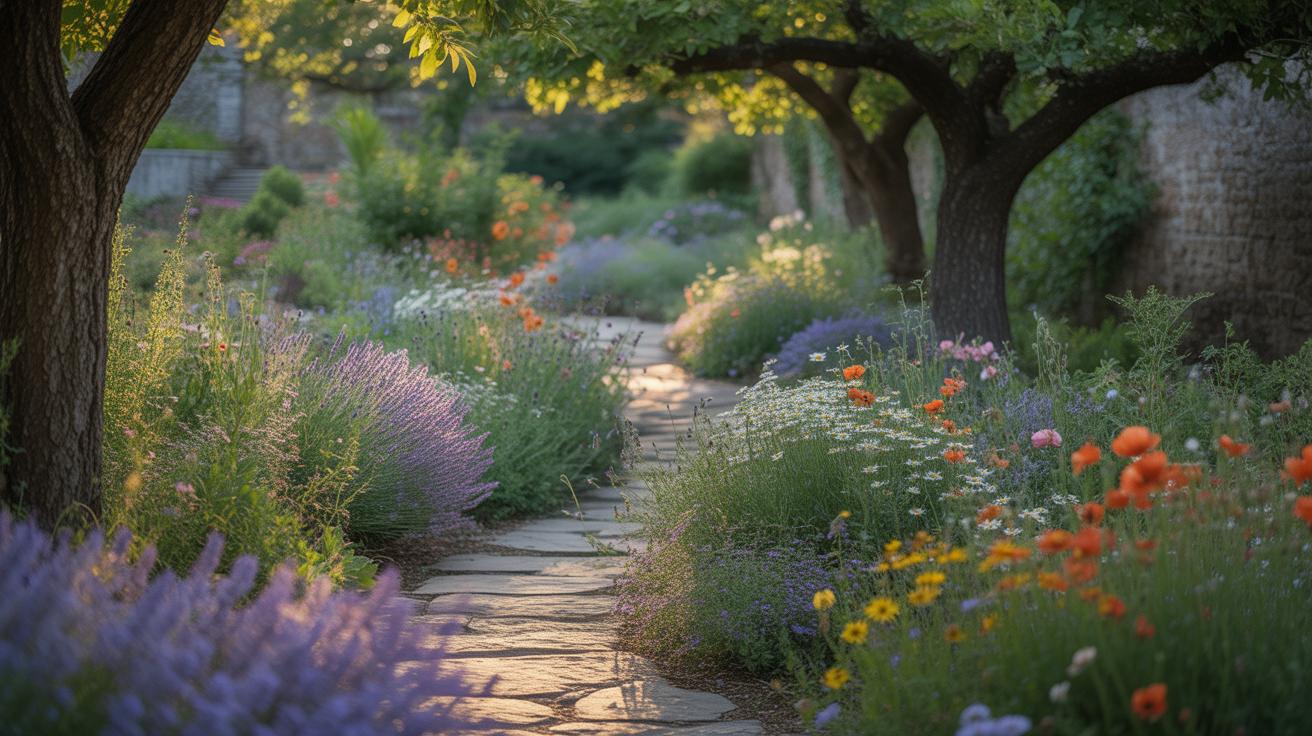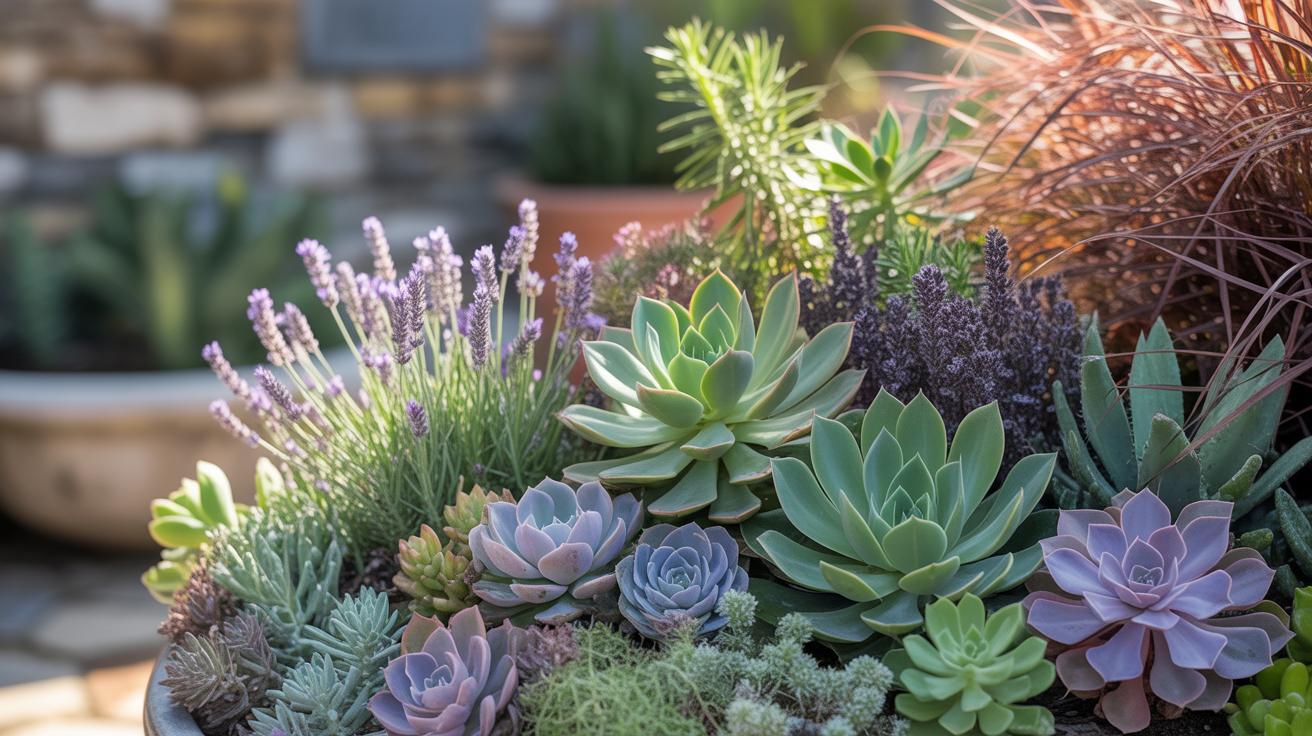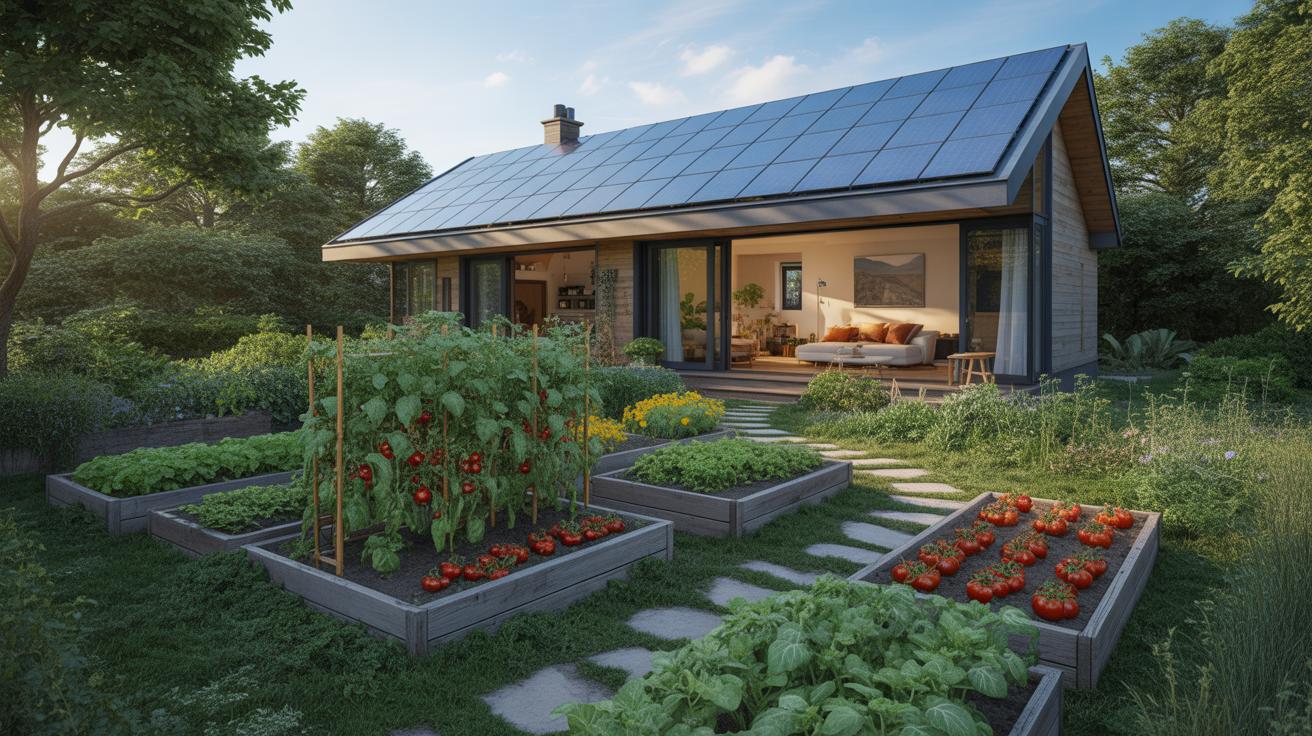Introduction
Minimalist Garden Ideas for Easy Outdoor Spaces offer a way to create calm, simple, and beautiful gardens. These gardens use only the essentials, helping you make the most out of your outdoor space without clutter or too many plants.
In this article, we will explore practical steps to design and care for a minimalist garden. You will find ideas to use fewer plants, clean lines, and simple decorations to create spaces that are both peaceful and easy to maintain.
Why Choose Minimalist Gardening
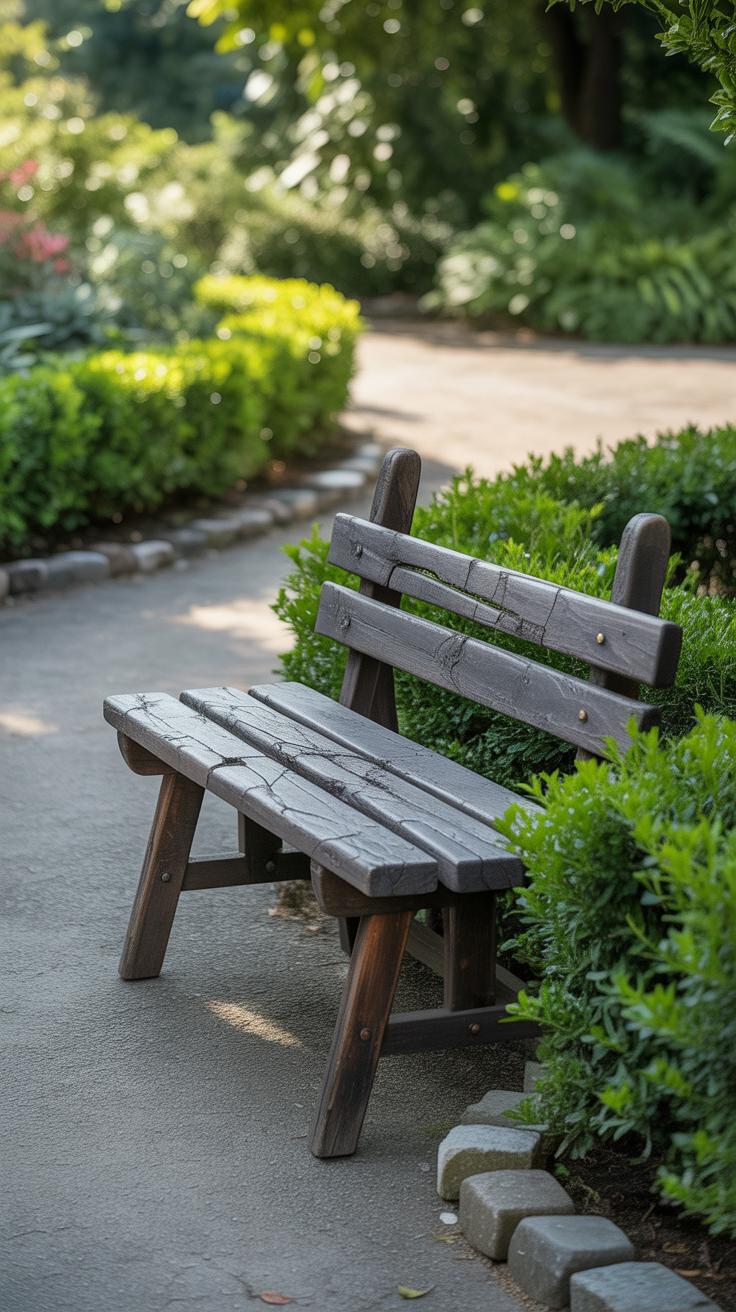
Minimalist gardening centers on simplicity, which can feel like a breath of fresh air compared to more elaborate outdoor spaces. Fewer plants, cleaner lines, and open space mean less to manage overall. It’s not just about looking neat—this approach actually makes keeping your garden tidy easier over time. You might find yourself spending less time weeding or pruning, leaving more room to simply enjoy being outside.
There’s something calming about a garden that isn’t crowded with too many elements. A minimalist space often feels quieter, less cluttered, and in turn, less stressful. If you’ve ever noticed how being in a busy, chaotic garden can make you restless, then a simpler design might be exactly what your outdoor space needs.
Benefits for Your Lifestyle
Busy days don’t leave much time for high-maintenance gardening. A minimalist garden suits hectic schedules because it demands less daily attention. Imagine coming home and stepping into a garden that feels welcoming, without requiring hours of upkeep.
- Fewer plants mean fewer pests and diseases to manage.
- Simple structures or hardscaping cut down on regular repairs.
- A limited palette of materials and plants can streamline seasonal tasks.
In my experience, opting for easy-care plants like ornamental grasses or succulents helped reclaim time otherwise lost to fiddly gardening chores. But it’s not just about saving time; it also changes how you interact with your garden altogether.
Creating Calm Outdoor Spaces
A minimalist garden invites stillness. With less visual noise, your mind can settle more easily. It’s not just about what you include but also what you leave out. Open areas with simple plantings can become perfect spots for reflection or unwinding after a long day.
You might notice that without the distraction of constant yard work, your garden transforms into a genuine retreat. It’s easier to pause, breathe, and watch the subtle shifts in light and shadow. Even if you don’t think of yourself as having a “stressful” life, spending time in such a setting can help slow your thoughts and create quiet moments you might not have expected to find outdoors.
Planning Your Minimalist Garden
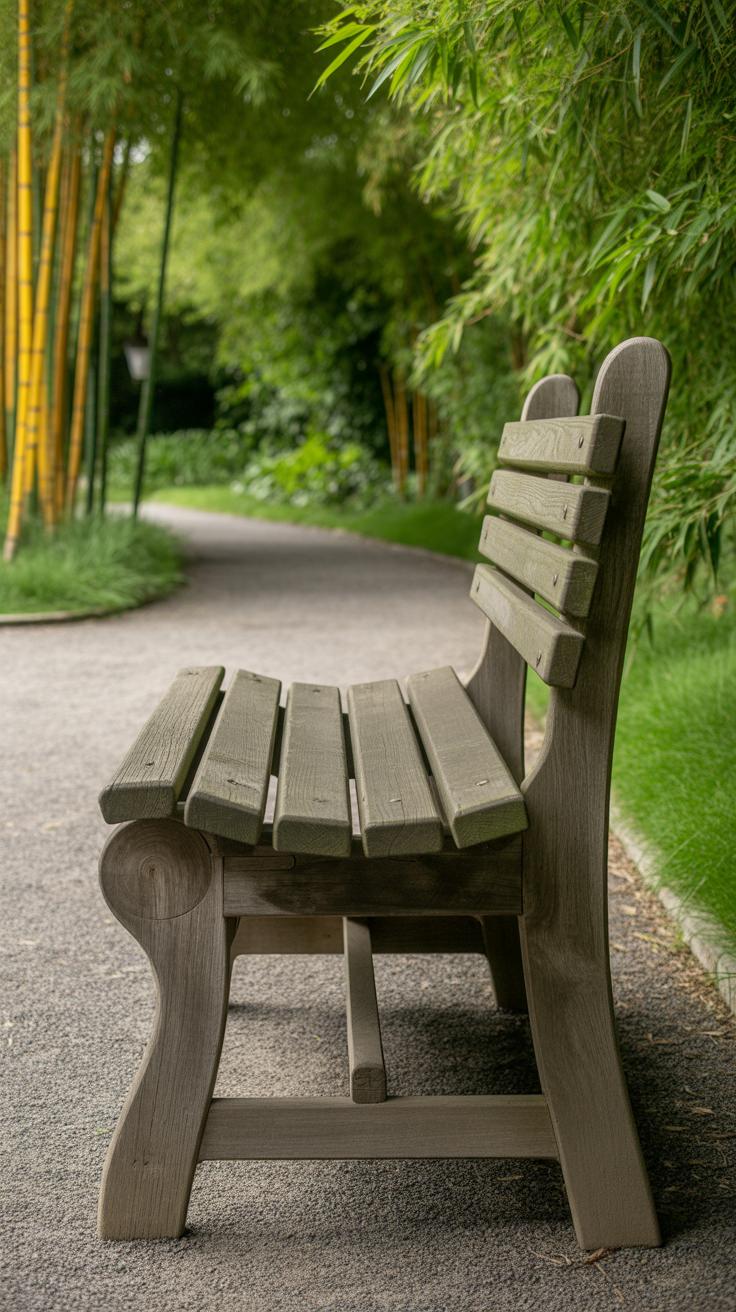
Choosing the Right Space
Picking where to create your minimalist garden can feel surprisingly tricky. It’s not just about finding an empty spot. You want an area that gets the right amount of sunlight for the few plants you’ll have, but also a space that feels natural to step back and enjoy calmness. Sometimes, the brightest corner of your yard isn’t the best because it might make the space feel exposed rather than peaceful. Or maybe a smaller, shadier spot tucked away behind a tree works better.
Think about how much room you really need, too. Minimalist gardens are about simplicity, so don’t feel pressured to clear everything. That patch by the patio, for example, might be enough—and this keeps things contained and easy to manage. I’ve found that choosing a space where you can comfortably stand or sit makes a huge difference when you want to relax outside.
Simple Garden Layouts
Your layout should follow the same idea—clear and simple, without unnecessary twists or busy borders. A good rule of thumb is to use geometric shapes or straightforward lines. Rectangles, squares, even circles can create structure and lead the eyes gently around the space. Imagine a rectangular bed edged with low hedges or clean stones; it feels ordered without needing too much effort.
You might try dividing the space into zones, but keep them few. For instance, a narrow pathway alongside a rectangular planting bed, or a single central feature like a low bench or simple sculpture surrounded by gravel. These make the garden inviting without clutter. Personally, I once made a small minimalist area with just a few pots and a gravel base—looks surprisingly neat, yet lived-in.
What you really want to avoid is overwhelming yourself with complicated plans. Minimalism is forgiving that way. Incomplete patterns can still look intentional. Maybe an L-shaped garden bed or a single patch with room to breathe is enough—sometimes less really does mean more, even if it doesn’t feel perfectly balanced.
Picking Plants for Minimalism
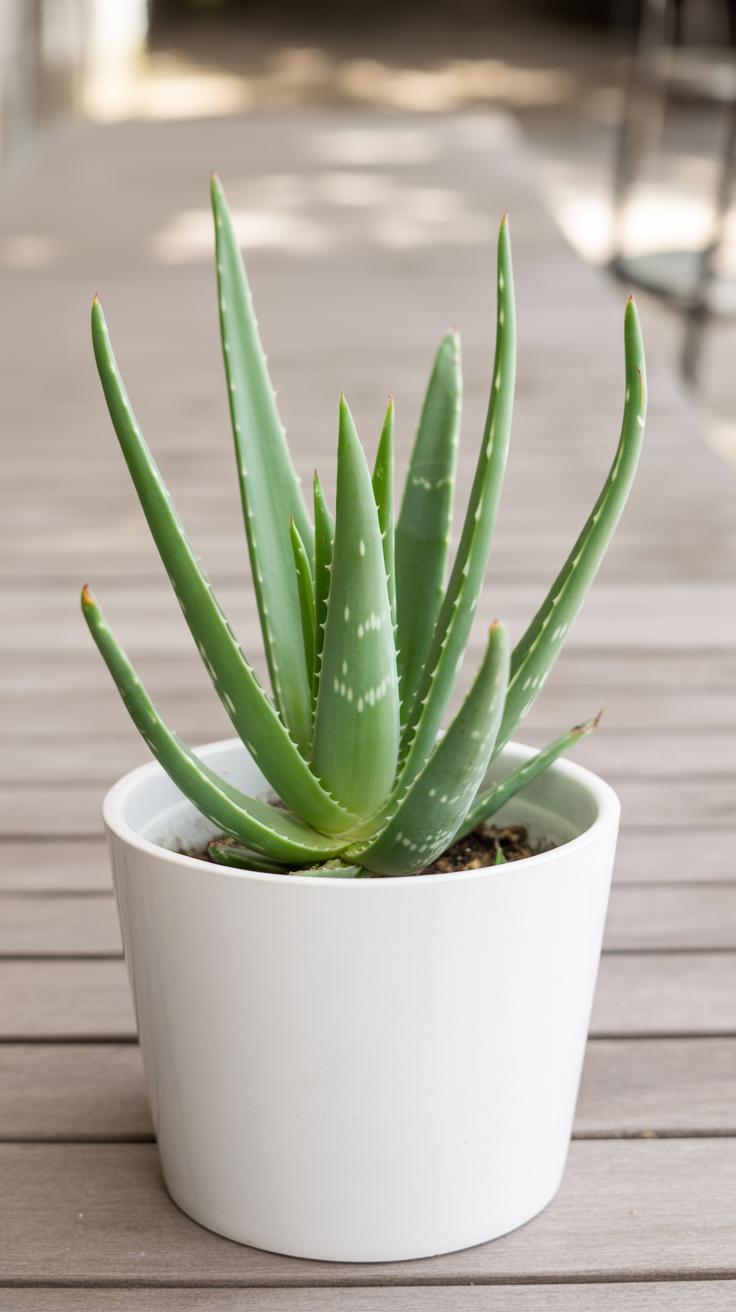
Choosing Low Maintenance Plants
When picking plants for a minimalist garden, less really can be more, especially if you want something that needs little fuss. You want plants that thrive without constant watering or frequent trimming. Think about succulents like sedum or echeveria—they store water in their leaves and handle dry spells better than most.
Grasses such as blue fescue or fountain grass work well, too. They barely ask for attention beyond an occasional shake to get rid of dust. Lavender is another good choice; it needs minimal watering once established and adds subtle color without overwhelming space.
If you’re tempted to grow shrubs, boxwood or dwarf conifers fit the bill since they keep their shape naturally and don’t demand much pruning. In my own garden, I found that these plants helped maintain order without feeling too stark or empty.
Focus on Few Plant Types
Why stick to a handful of plant types? Simplicity often comes from repetition. Using just a few kinds makes the space feel calm and intentional rather than chaotic or cluttered. Too many varieties can distract or confuse your eye, breaking the focus.
Also, fewer plants mean easier care. When everything has similar needs, watering schedules and maintenance routines become more manageable. But that doesn’t mean you have to settle for boring. A collection of three or four well-chosen species can create subtle textures and interesting shapes over time.
Sometimes I wonder if limitation sparks creativity. Sticking to a narrow palette forces you to look closer, to appreciate tiny differences in leaf shape or color. Could choosing less actually make your garden feel fuller? You might find yourself enjoying the quiet rhythm more than a wild mix ever could.
Using Clean Lines and Shapes
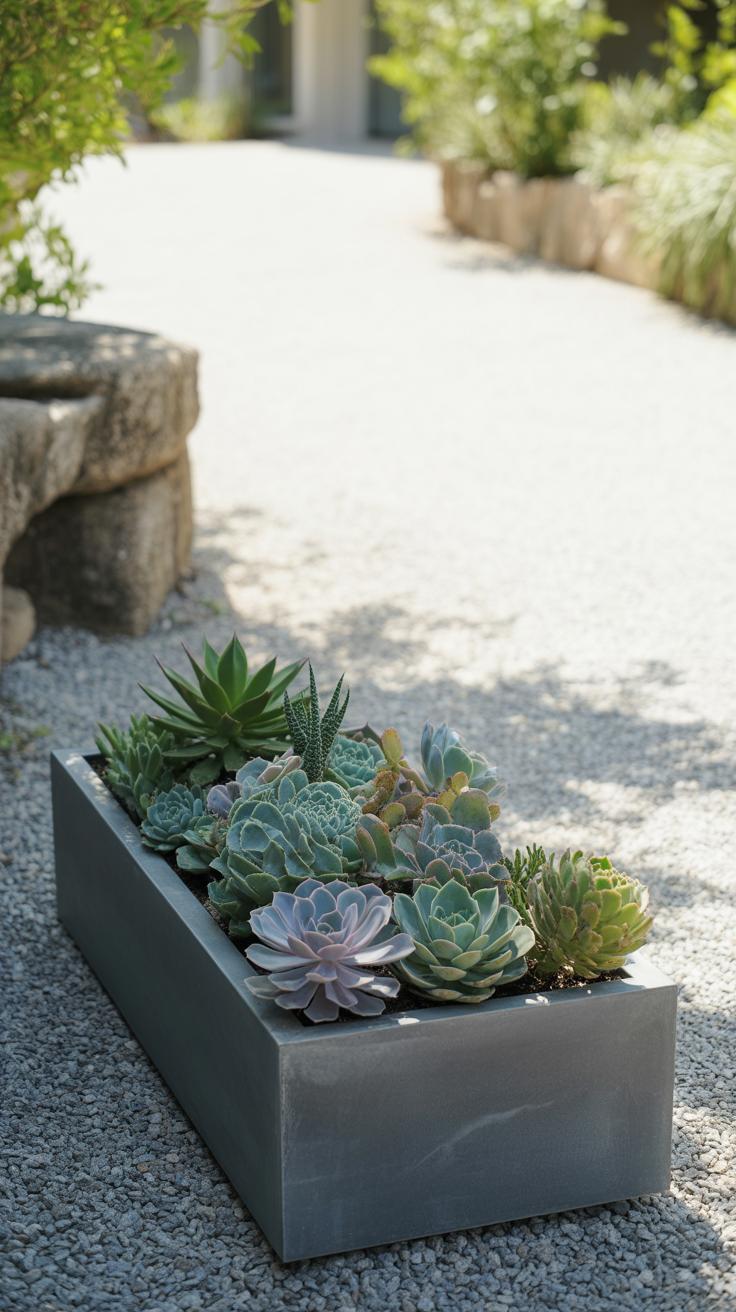
When working on a minimalist garden, clean lines and simple shapes become your best friends. Think about what happens when you introduce straight lines—there’s an instant sense of order. Paths that run in clear, direct lines can make the garden feel more spacious, even if the space you have is small. Curves, on the other hand, soften the edges, but keeping them simple helps avoid visual clutter. That tension between straight and curved lines can bring subtle interest without overwhelming the eye.
Paths and borders play a crucial role here. You could have a narrow gravel path edged by low, sharp concrete borders. The borders act like a frame, guiding your gaze and creating neat compartments in your garden. Or what about using metal strips embedded in the soil or lawn to draw clean, thin lines? They’re barely noticeable up close but help the space feel organized. It’s less about complexity and more about clarity.
Simple shapes in garden features are just as important. For example, a rectangular bench or circular planter adds structure but doesn’t fight for attention. I once saw a garden with large square stepping stones paired with a round fire pit—simple forms that made the space feel calm yet purposeful. Rocks or stones shaped into smooth ovals or cubes, deliberately placed, maintain that minimal vibe because there’s no fuss, no extra detailing to distract. These shapes support quiet moments rather than loud statements.
Choosing Garden Colors
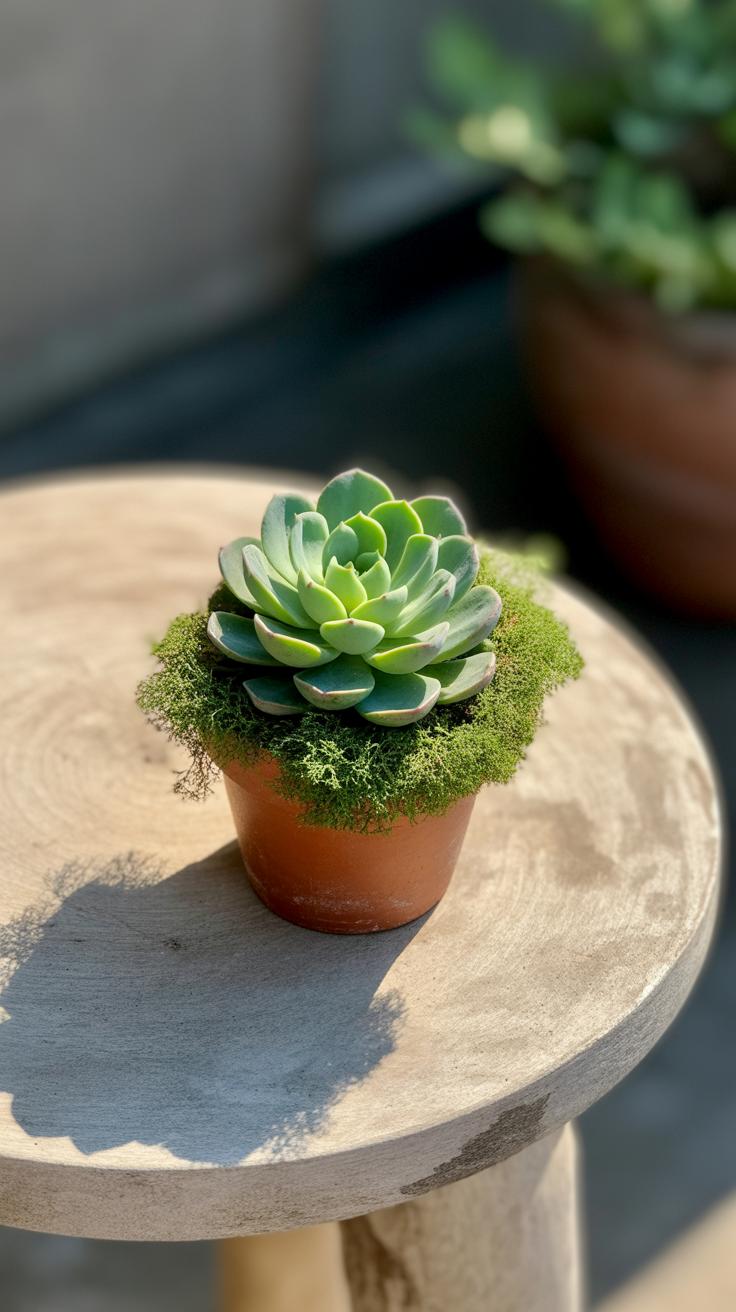
When it comes to a minimalist garden, the color palette sets the entire mood. Limiting your colors isn’t just about simplicity; it also helps maintain a calm atmosphere. Too many tones can quickly feel overwhelming, even in a small outdoor space. So, picking just a few hues is key.
Use of Neutral Colors
Neutral shades like different greens, soft browns, and greys create a natural and soothing backdrop. These colors blend well with plants and soil, making the space feel grounded rather than artificial. For example, a garden with pale grey stone paths, green leafy shrubs, and rich brown mulch naturally invites quiet moments.
Greens are especially useful because, well, your garden mostly consists of plants anyway. Variations of green—from deep forest to silvery sage—keep things interesting without breaking the subtle vibe. Oddly enough, too bright or saturated greens can feel jarring in a minimalist setup, so softer, muted greens often work better.
Adding Small Color Pops
That said, a garden with only neutrals might risk feeling a bit lifeless or monotonous to some. Introducing tiny bursts of color—say, a few bright yellow tulips, a cluster of red berries, or a carefully chosen ceramic pot—can catch the eye without cluttering the space. The trick here is restraint. A single splash of color draws attention and creates a focal point, which can help guide the gaze and lend personality.
For instance, during one spring, I planted a small bed of lavender amidst grey stepping stones. The soft purple bloom felt like a quiet exclamation mark, gentle yet noticeable. You might wonder if these pops distract from the calmness, but actually, they often enhance it by breaking any dullness without overpowering.
Minimalist Garden Furniture
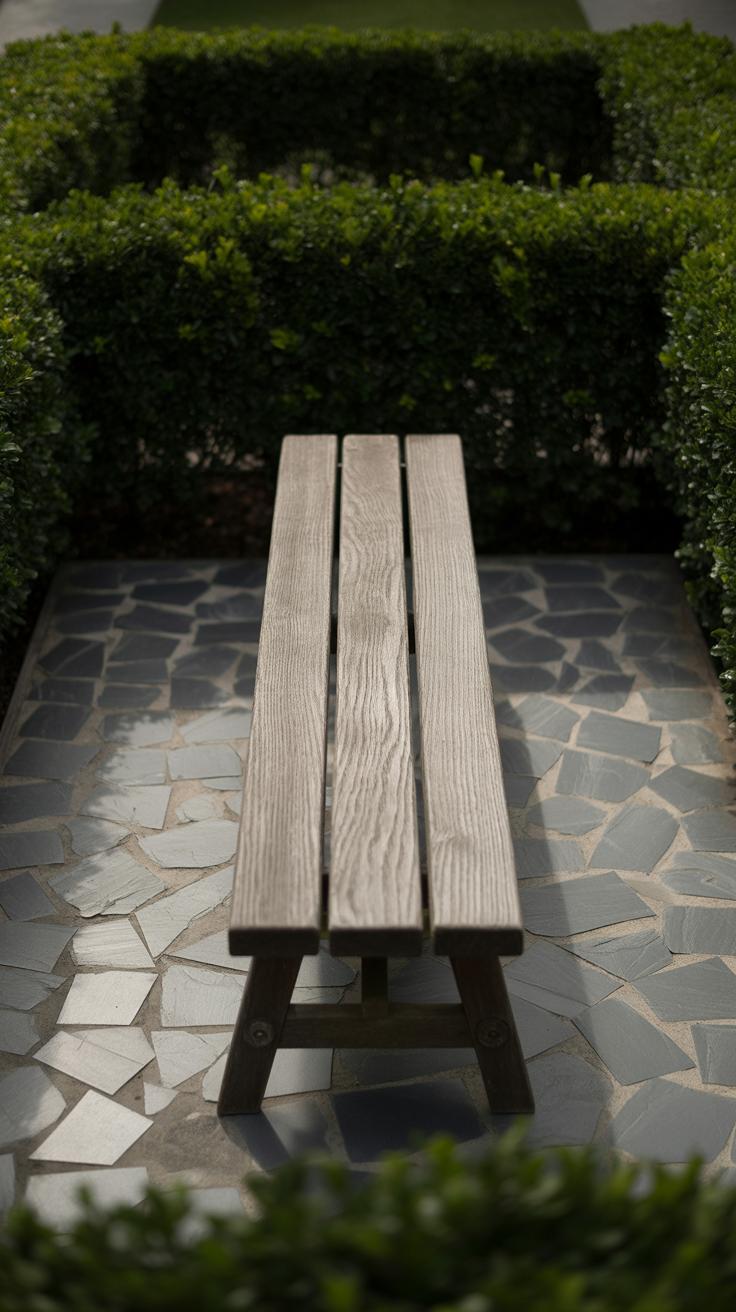
When you think about furniture for a minimalist garden, the first thing that comes to mind is pieces that fit the space without filling it up. You want furniture that feels light and simple, almost like it belongs there without shouting for attention. Think sleek benches, slender chairs, or tables with thin legs—nothing bulky or overly decorative.
Choosing simple designs matters because clean lines and basic shapes help the garden stay calm and uncluttered. A chair with straight edges and a plain silhouette blends better than something ornate or overly curved. You might find yourself drawn to geometric forms—a rectangular bench instead of a fussy round one, or a square table rather than an elaborate pedestal design.
Comfort, though, shouldn’t take a back seat. It’s easy to pick something minimal that looks good but feels hard or awkward. Opt for seating that balances both—like a chair with a subtle curve in the back or a cushioned bench with a neutral fabric. I’ve tried those hard metal patio chairs before; they look great but sitting for long gets uncomfortable. A touch of soft, weather-resistant cushions can make a huge difference without cluttering the visual simplicity.
So, can furniture truly be minimalist and comfortable without crowding your garden? It’s tricky but yes—if you stick to a few well-chosen pieces with clean shapes and thoughtful comfort, your outdoor space becomes inviting and simple at once. You might find that less really does more, or maybe you’ll surprise yourself wanting just a bit more. Either way, it’s about making your garden feel like a quiet place you want to use.
Maintaining Your Garden Simply
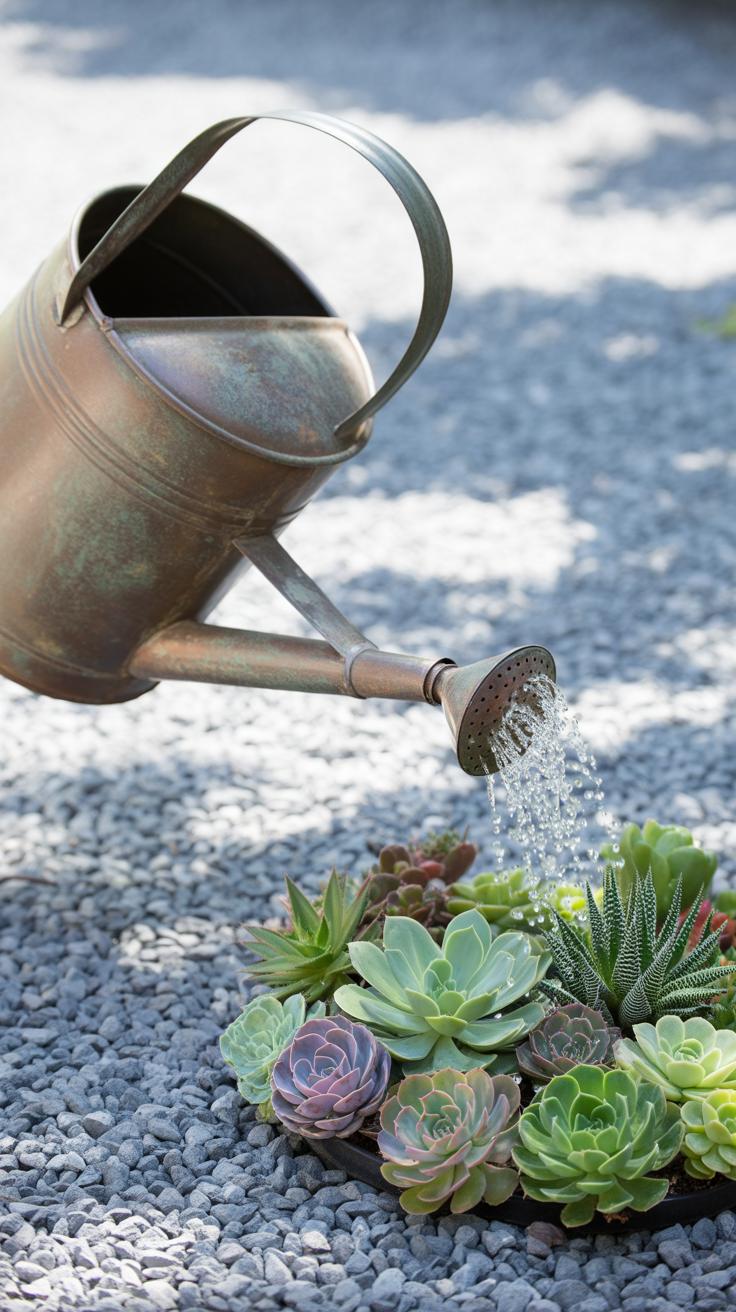
Regular but Easy Care
Keeping a minimalist garden tidy doesn’t mean endless chores. A simple weekly routine usually does the trick. You might set aside just 15 or 20 minutes to check on your plants, water those that need it, and prune any stray growth. It doesn’t have to be perfect every time—sometimes a little wilting leaf here or there won’t hurt much. I find that sticking to the same day every week helps. Maybe Saturday morning becomes your “garden time,” which makes the task feel less random and more like a habit.
Watering is often the biggest time investment. But many minimalist gardens rely on drought-tolerant plants that don’t need much. So consider that when choosing your plants; it reduces how often you have to drag out the hose or fill watering cans. Pruning, on the other hand, is mostly about keeping shapes simple, removing dead bits, and preventing any mess from creeping in. There’s no need for a drastic trim every week. Just spot-check and catch major things early.
Removing Unnecessary Items
Clutter doesn’t just look chaotic; it makes the whole garden feel less calm, and it actually increases the time you spend on maintenance. I’ve noticed that when tools and extra pots are scattered or stacked nearby, it invites more mess. On the flip side, keeping only the essentials in easy reach helps you stay focused and makes cleanup faster.
Try to keep your outdoor space free of extra garden gadgets and broken or unused items. It might seem easier to put a tool down “just for now,” but those moments add up. Think about your garden like a small room—would you leave things piled in the corner indefinitely? Probably not. With fewer distractions, your garden looks cleaner and feels more peaceful.
What extra things do you have lying around that might be weighing your garden down? Maybe it’s time to reconsider what really belongs out there. Often, less stuff means less stress when you’re trying to enjoy the calm you created. It’s a bit like clearing your workspace; once you do, the garden just breathes easier.
Utilizing Natural Elements
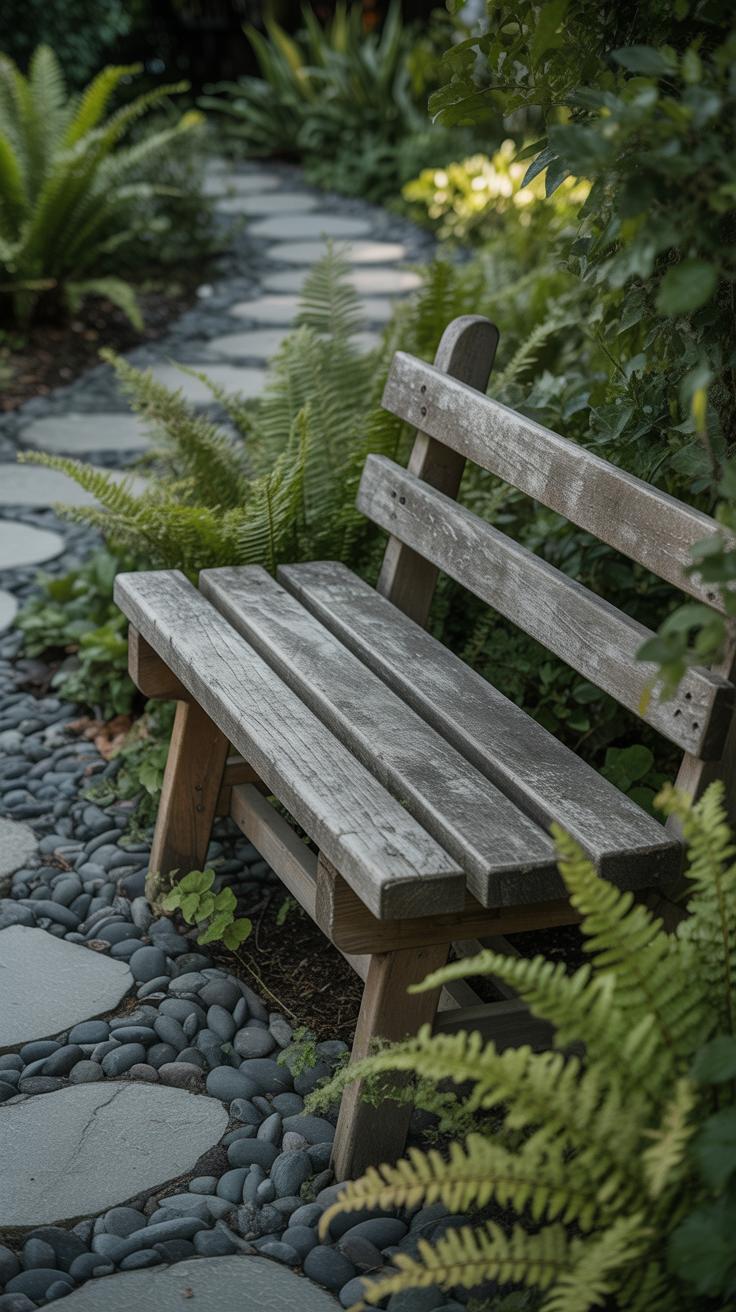
Natural Stones and Rocks
Using stones in a minimalist garden can really set the tone for simplicity. You might place flat stones to create a path—nothing too formal or patterned. Let the shapes and colors vary a bit; it feels more authentic that way. Sometimes, a single, larger rock tucked into a corner can act as a quiet focal point. It doesn’t have to shout for attention to work.
Rocks also serve well as low-maintenance decorations. Imagine a cluster of smooth pebbles guiding your eye across a patch of bare soil, or a few weathered stones around a plant. I’ve found that those subtle touches can make the space feel grounded without clutter. Do you think it’s better to have uniform stones or mix them up? Honestly, either can work depending on your garden’s vibe.
Water and Wood Features
Small water elements like a shallow pond or a simple birdbath bring calm without fuss. You don’t need a big setup, just something that invites quiet moments. Watching water reflect the sky can slow down your mind, even if it’s just for a few seconds. If you’re not keen on water, a natural wood bench offers similar comfort. It’s practical—you can sit and absorb the quiet—and it adds warmth to the space.
Wood ages gracefully, picking up subtle tones and texture over time. A plain bench made from untreated planks doesn’t distract or feel ornamental, it just is. This quiet presence can help your garden feel like an easygoing space, not a chore. From my experience, the trick is to keep these elements simple and honest rather than polished or elaborate. Would a rough-hewn bench or smooth wood suit your taste better? That might be something to explore.
Lighting Your Minimal Garden
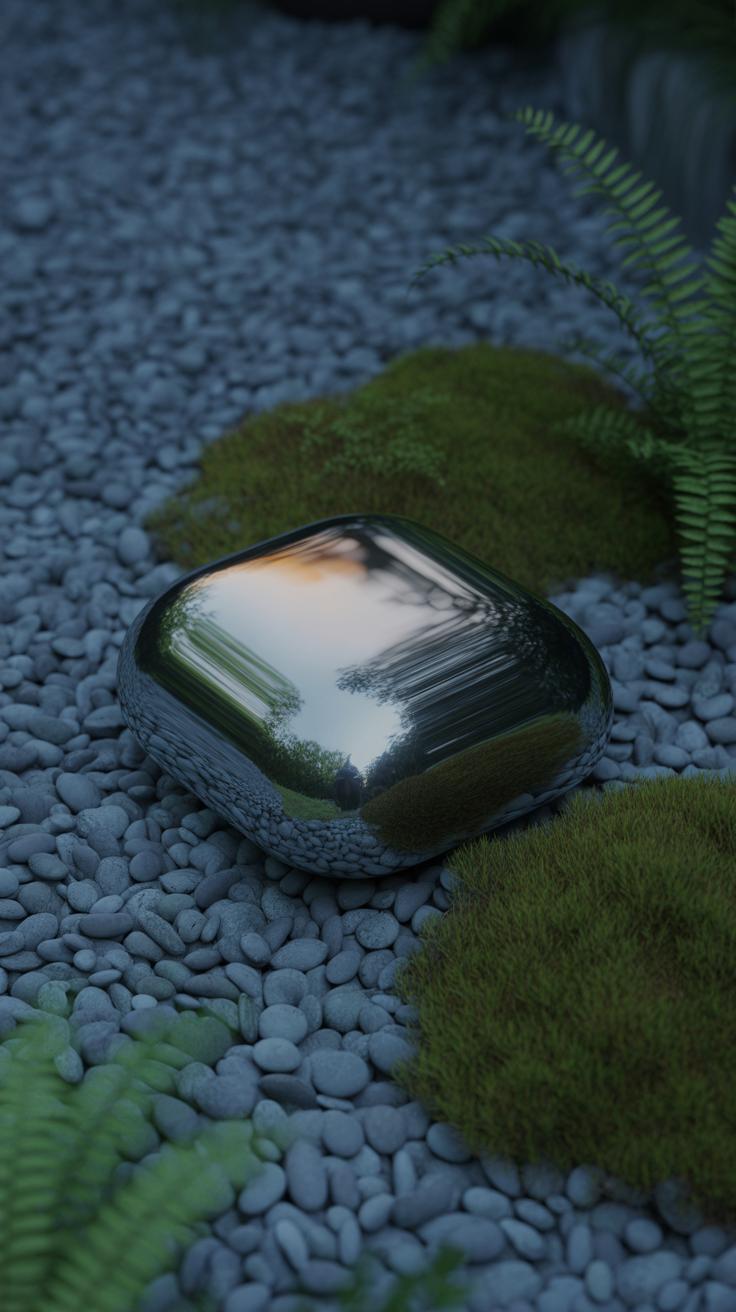
Soft and Subtle Lights
When it comes to lighting a minimalist garden, less really can feel like more. Soft, gentle lights create a calm atmosphere that invites you to linger outside even after dark. Harsh lights or bright bulbs often disrupt the quiet mood, making the space feel less like a retreat and more like a spotlight.
Think about low-wattage bulbs or tiny string lights tucked along paths or under low shrubs. They don’t need to be visible themselves—just enough to cast a warm glow that hints at shapes without overwhelming them. It’s almost as if the garden continues to breathe quietly at night.
Using soft lighting can subtly guide footsteps and draw attention to textures without demanding it. I remember once sitting in a friend’s small backyard where the only illumination came from a single lantern on a wooden stump. It was enough to feel safe, without breaking the garden’s peaceful feel.
Lights that Match the Style
Minimalist gardens don’t call for ornate fixtures or anything too fussy. Picking lighting that blends with the garden’s clean lines and materials keeps the look coherent. Simple shapes like cubes, cylinders, or flat discs can work well—think metal or matte finishes in neutral colors.
Solar stake lights with sleek profiles or recessed floor lights set into stone steps can be surprisingly effective. They’re unobtrusive and don’t shout for attention but still provide a bit of magic after sunset. You might hesitate between a flashier option and something plain, but those plain fixtures usually feel right in the end.
Try to avoid anything too colorful or overly bright. The goal is to enhance the garden without distracting from it. Small, minimalist fixtures can almost disappear, allowing you to focus on the space itself—not the lighting. Isn’t that, after all, the essence of a minimalist garden?
Personalizing Your Garden Space
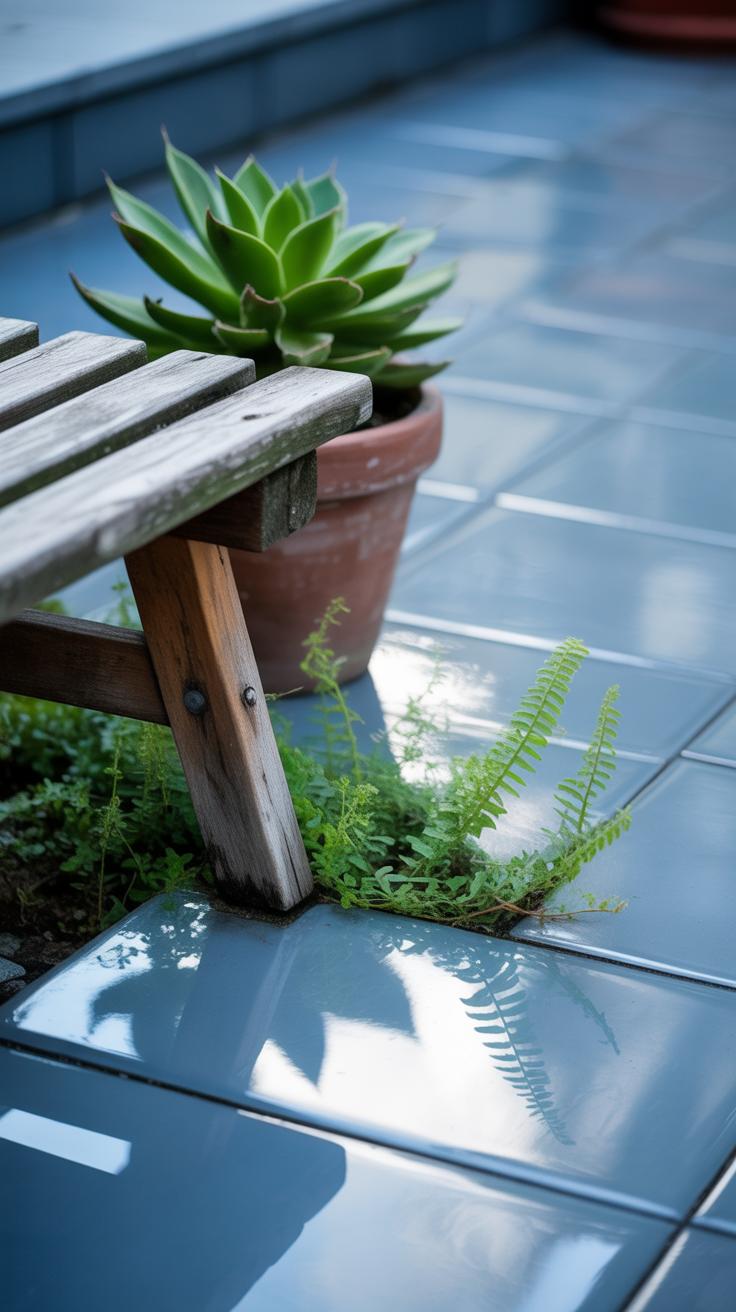
Your minimalist garden doesn’t have to feel like just a pretty but empty space. Adding small, meaningful touches can make it feel yours—more familiar and comforting. It’s easy to forget that even a few thoughtful details can shift the mood, making the whole area a bit more inviting without cluttering it.
Think about simple decorations that don’t scream for attention but quietly add character. Items like a smooth river stone collected from a favorite place, a small ceramic bird, or even a weathered wooden stool. These pieces bring personality but don’t overwhelm. You might want to keep a small jar of fresh herbs on a low shelf for the scent. Or a single wind chime placed just right, creating soft sound without distraction.
Choosing what to include really matters. Ask yourself if the items connect to something you care about or a memory you hold close. Maybe you have an old gardening tool that belonged to someone important, or a favorite plant pot passed down. This keeps your garden from feeling generic—a little piece of your story lives there.
That said, the challenge is keeping it meaningful without overthinking too much. Sometimes, just a tiny personal gesture changes everything—makes the garden yours, not just a minimalist setup fitting some vague ideal.
Conclusions
A minimalist garden helps you enjoy your outdoor space without the stress of too much work or too many things. By using simple designs and a few well-chosen plants, you can create a calm and inviting area to relax or meet with friends.
Remember, the key is to focus on what matters most to you in a garden and keep the design clear and easy. This way, your garden will be beautiful and simple, making your outdoor time more enjoyable.


